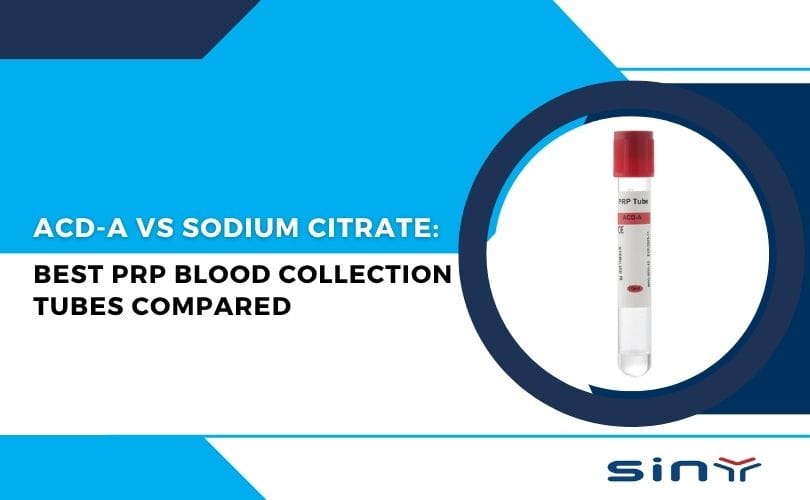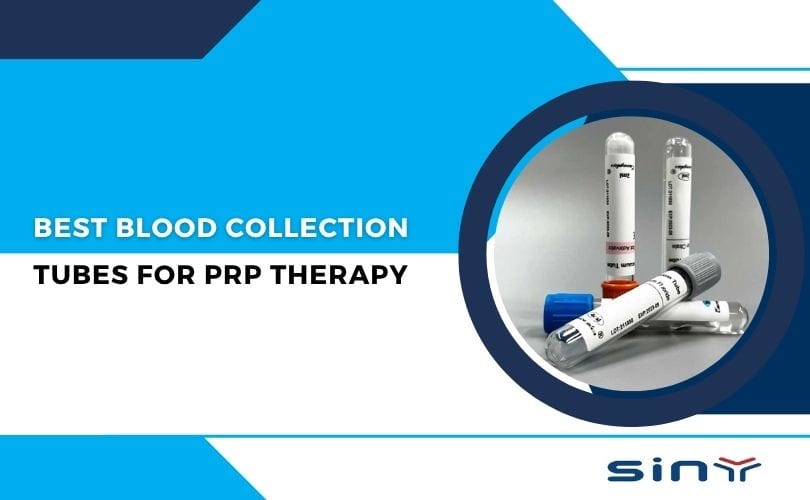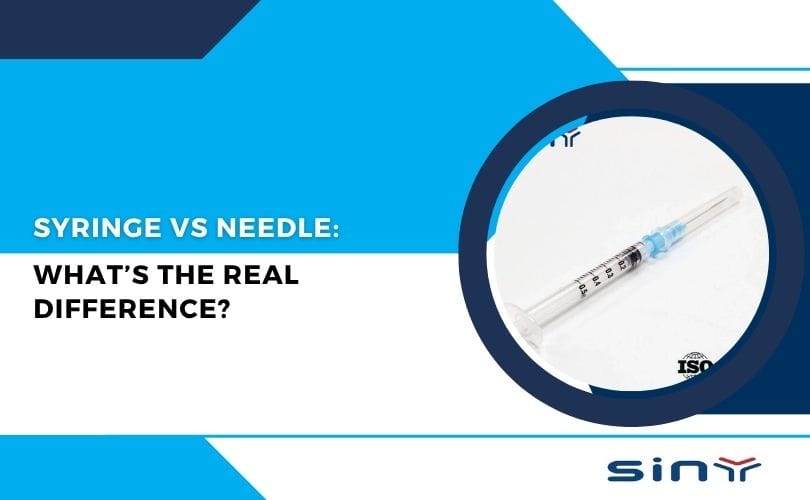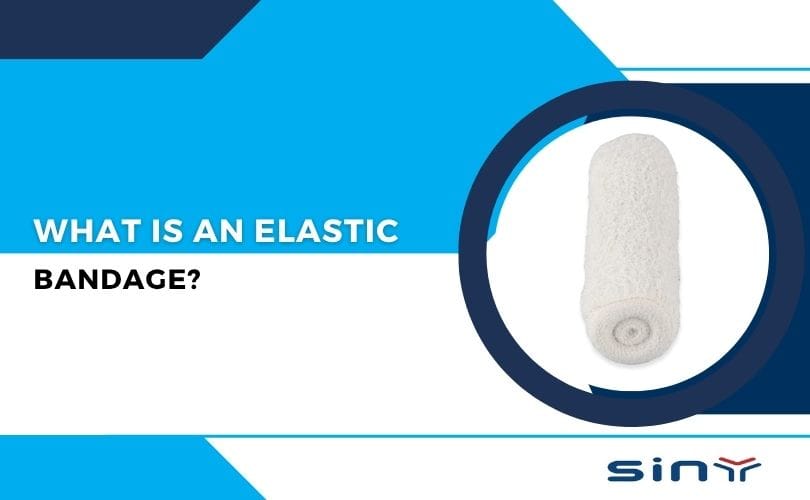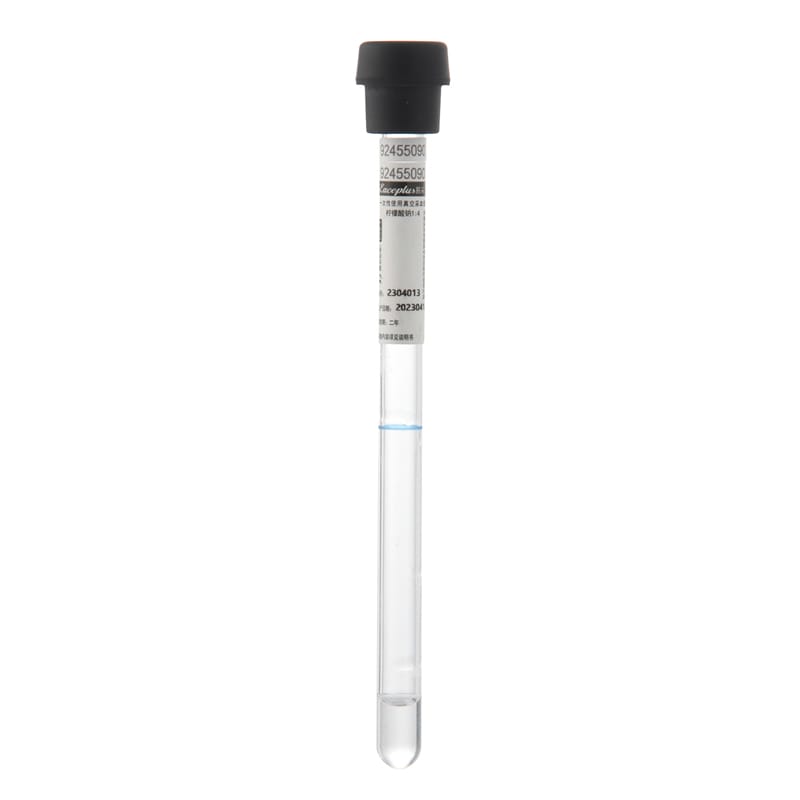Healthcare settings use safety syringes as a crucial tool. Furthermore, designers created safety syringes to prevent needlestick injuries, which can have serious consequences for healthcare workers and patients alike. Needlestick injuries can result in the transmission of bloodborne diseases such as hepatitis B, hepatitis C, and HIV. As a result, various forms of safety syringe have been developed, including retractable needles, shielded needles, and needleless systems.
Although safety syringe cost more than traditional syringes, they can reduce the incidence of needlestick injuries and related medical costs, making them cost-effective in the long run. Therefore, their use should be encouraged in all healthcare settings. In this blog post, we will explore why safety syringes represent the future of healthcare. Specifically, we will discuss their many benefits and advantages over traditional syringes.
Table of Contents
Definition Of Safety Syringes
Designers created safety syringes as medical devices to reduce the risk of needlestick injuries, which healthcare workers can experience when they handle used needles. They have features that prevent the needle from accidentally puncturing the skin, such as retractable or shielded needles. Safety syringes can also reduce the risk of transmitting bloodborne infections between patients and healthcare workers.
B. Importance Of The Topic
The use of safety syringe is crucial to protect healthcare workers from needlestick injuries, which can cause serious harm or even death. Needlestick injuries can also result in the transmission of bloodborne infections, such as HIV and hepatitis B and C. Implementing safety syringes can greatly reduce these risks and improve infection control in healthcare settings.
C. Thesis Statement Of Safety Syringes
This blog post argues that safety syringes are the future of healthcare, as they are crucial in preventing needlestick injuries and reducing the risk of transmitting bloodborne infections. All healthcare settings should encourage the use of safety syringes, as they can greatly improve the safety of both healthcare workers and patients.
II. The Need for Safety Syringes
A. The Problem Of Needlestick Injuries
Needlestick injuries are a common occupational hazard for healthcare workers. They can result in serious injuries, infections, and even death. These injuries occur when a used needle accidentally punctures the skin of a healthcare worker, putting them at risk for bloodborne infections. The use of safety syringes can greatly reduce the incidence of needlestick injuries and improve the safety of healthcare workers.
B. The Risks Associated With Needlestick Injuries
Needlestick injuries can result in the transmission of bloodborne infections such as HIV, hepatitis B, and hepatitis C. These infections can have serious long-term health consequences and may even lead to death. In addition to the health risks, needlestick injuries can cause psychological stress and anxiety for healthcare workers.
C. The Economic Impact Of Needlestick Injuries
Needlestick injuries can result in significant economic costs for healthcare facilities and workers. These costs can include medical treatment, lost productivity, and legal expenses. In addition, healthcare facilities may face fines and legal action for failing to protect workers from needlestick injuries. Implementing safety syringes can be a cost-effective solution to reducing the incidence of needlestick injuries and related economic costs.
III. The Benefits of Safety Syringes
A. Increased Safety For Healthcare Workers
The use of safety syringes can greatly increase the safety of healthcare workers by reducing the risk of needlestick injuries. Safety syringe has features that prevent accidental needlesticks, such as retractable or shielded needles. By reducing the risk of needlestick injuries, safety syringes can protect healthcare workers from bloodborne infections and improve their overall safety in the workplace.
B. Reduction Of Needlestick Injuries
Sure, here’s an explanation of how safety syringe can reduce the incidence of needlestick injuries in short, simple sentences and words:
Safety syringes are designed to reduce the risk of needlestick injuries in healthcare workers. They have features that prevent accidental needlesticks, such as retractable or shielded needles. By reducing the incidence of needlestick injuries, safety syringe can protect healthcare workers from bloodborne infections and other health risks, while also reducing associated costs for healthcare facilities.
C. Improved Infection Control
Safety syringes can improve infection control in healthcare settings by reducing the risk of bloodborne infections caused by needlestick injuries. They can also prevent the reuse of needles and other forms of contamination. By reducing the risk of infection, safety syringe can help protect both healthcare workers and patients.
D. Reduced Risk Of Accidental Needlesticks In Patients
Safety syringes can reduce the risk of accidental needlesticks in patients by providing additional safety features, such as retractable or shielded needles. This can prevent accidental needlesticks during injections or other procedures, which can cause pain and discomfort for the patient. By using safety syringe, healthcare workers can ensure the safety and comfort of their patients.

IV. Types of Safety Syringes
A. Retractable Needles
Retractable needles are a type of safety syringe that can reduce the risk of needlestick injuries. They are designed to retract the needle into the syringe after use, preventing accidental needlesticks. Retractable needles can be used for a variety of injections, such as vaccinations or blood draws, and are becoming more common in healthcare settings.
B. Shielded Needles
Shielded needles are another type of safety syringe that can reduce the risk of needlestick injuries. They have a retractable shield that covers the needle after use, preventing accidental needlesticks. Healthcare providers can use shielded needles for a variety of injections, especially for those that require multiple doses, such as insulin injections.
C. Needleless Systems
Needleless systems are a type of medical device that can administer drugs or fluids without the use of a needle. They work by using high pressure to deliver medication through the skin, or by using a micro-needle that is so small it does not puncture the skin. Needleless systems can reduce the risk of needlestick injuries and are often used in situations where the risk of infection is high.
V. Barriers to Adoption of Safety Syringes
A. Cost Of Safety Syringes
Safety syringes are often more expensive than traditional syringes, which can make them a significant cost for healthcare facilities. However, the cost of needlestick injuries and associated health risks can be much higher, making safety syringes a worthwhile investment for many healthcare providers. The cost of safety syringe can vary depending on the type and features of the syringe.
B. Resistance To Change
Resistance to change can be a barrier to the adoption of safety syringe in healthcare facilities. Some healthcare workers may be resistant to using new equipment, or may be accustomed to using traditional syringes. Education and training can help overcome resistance to change, and demonstrate the benefits of safety syringe for both healthcare workers and patients.
C. Lack Of Knowledge And Awareness
A lack of knowledge and awareness can be a barrier to the adoption of safety syringes. Healthcare workers may not be aware of the risks associated with needlestick injuries, or the benefits of safety syringes. Education and training can help increase knowledge and awareness, and encourage the adoption of safety syringe in healthcare facilities.
VI. Overcoming Barriers to Adoption
A. Cost-Effectiveness Of Safety Syringes
Although safety syringes can be more expensive than traditional syringes, they can be cost-effective in the long run. By reducing the incidence of needlestick injuries, healthcare facilities can avoid the costs associated with treating these injuries, including lost workdays, testing, and treatment. Additionally, the use of safety syringe can lead to better patient outcomes and reduced healthcare costs overall.
B. Education And Training
Education and training are essential for the adoption of safety syringe in healthcare facilities. Healthcare workers need to be trained on the proper use and disposal of safety syringe, and educated on the risks associated with needlestick injuries. Providing ongoing education and training can help ensure that safety syringes are used effectively and consistently.
C. Legislative And Regulatory Initiatives
Legislative and regulatory initiatives can play a role in promoting the adoption of safety syringe. Some countries have implemented laws or regulations mandating the use of safety syringe in healthcare facilities, while others have developed guidelines or recommendations. These initiatives can help increase awareness and demand for safety syringe, and encourage their adoption.
VII. Conclusion
Safety syringes are a vital tool in improving the safety of healthcare workers and patients. The risks associated with needlestick injuries are significant and can lead to long-term health consequences for both patients and healthcare workers. The use of safety syringe can help reduce the incidence of these injuries and improve overall infection control in healthcare facilities.
While the initial cost of safety syringe may be higher than traditional syringes, the long-term cost savings associated with reducing needlestick injuries make them a cost-effective option. Additionally, the use of safety syringe can lead to improved patient outcomes and reduced healthcare costs overall.
To promote the adoption of safety syringe, education and training are essential. Healthcare workers need to be educated on the risks associated with needlestick injuries and trained on the proper use and disposal of safety syringe. Legislative and regulatory initiatives can also play a role in encouraging the adoption of safety syringe.
Despite the benefits of safety syringe, there may be resistance to change within healthcare facilities. However, by increasing knowledge and awareness of the benefits of safety syringes, healthcare organizations can encourage healthcare workers to adopt them as a standard practice.
In conclusion, the adoption of safety syringe is essential for the safety of healthcare workers and patients, and can lead to improved infection control and cost savings in healthcare facilities. By providing education and training, and implementing legislative and regulatory initiatives, the adoption of safety syringe can become standard practice in healthcare facilities worldwide.





